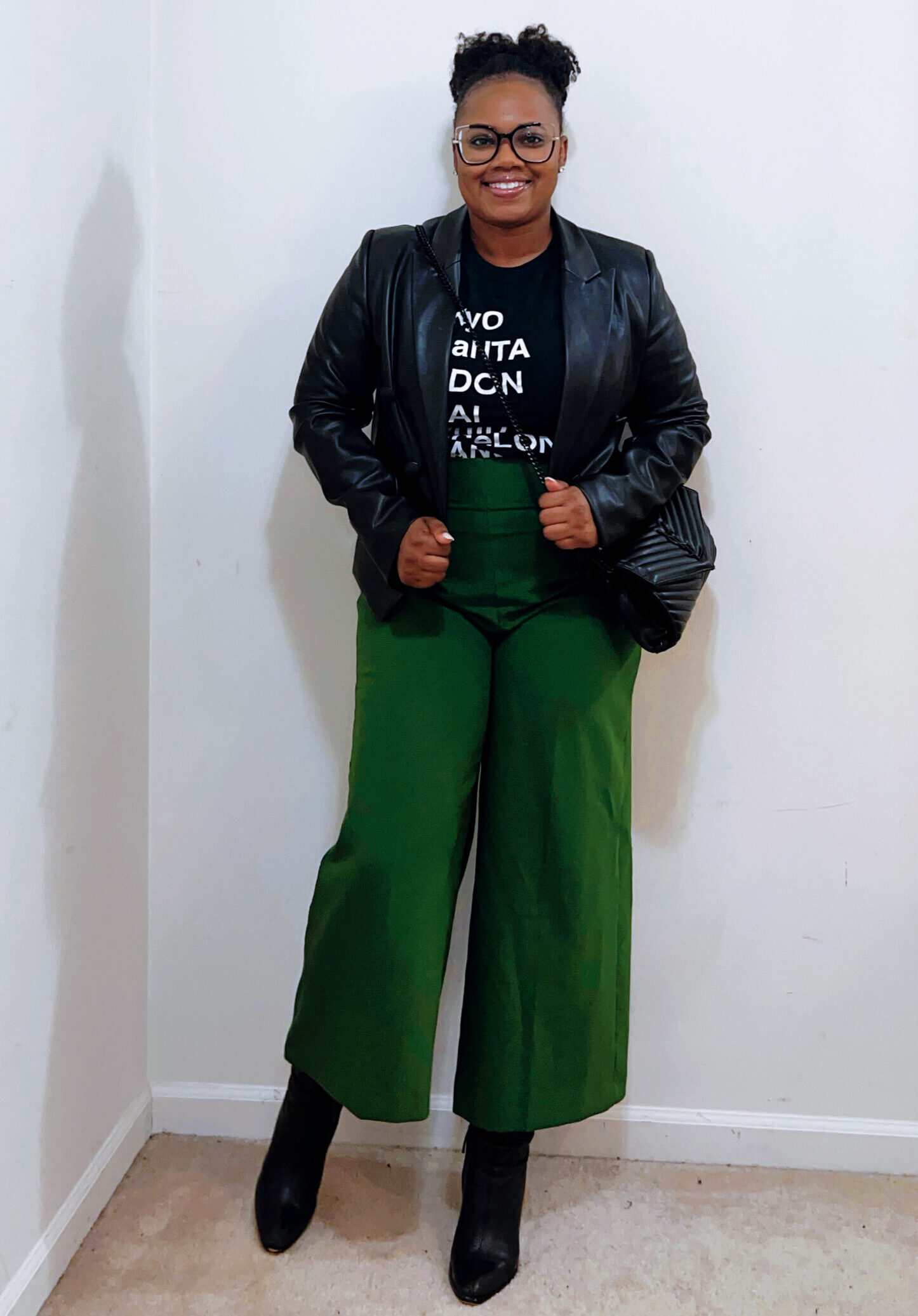
Dressing for different seasons can be a challenge, especially when it comes to maintaining a professional appearance. Extreme weather conditions, such as extreme heat or cold, can make it difficult to dress for work while remaining comfortable and stylish. In this post, we’ll provide advice on how to dress professionally for different seasons and discuss the challenges of dressing for extreme weather conditions.
Summer
Summer can be a challenging season to dress for, especially when it comes to maintaining a professional appearance. To stay cool and comfortable while remaining professional, opt for lightweight, breathable fabrics such as cotton or linen. Avoid wearing shorts or sleeveless tops to work, instead, opt for short-sleeved shirts, skirts or dresses made from lightweight materials. Accessorize with sunglasses, hats and open-toed shoes to add a touch of style to your outfit.
Winter
Winter presents its own challenges when it comes to dressing for work. To stay warm and professional, consider layering your clothing. Start with a lightweight, breathable base layer, such as a cotton or silk undershirt, and then add a sweater or jacket on top. If you work in a more casual environment, you can also consider wearing a hoodie or sweatshirt for added warmth. Finish off your outfit with a coat or parka to protect yourself from the elements.
Extreme Heat
Extreme heat can make it difficult to dress for work while remaining comfortable and professional. To stay cool and stylish, opt for light-colored clothing made from breathable fabrics such as cotton or linen. Avoid wearing heavy, dark-colored clothing or synthetic materials that trap heat. If you work in a more casual environment, you can also consider wearing shorts or sandals. Accessorize with sunglasses and a wide-brimmed hat to protect yourself from the sun.
Extreme Cold
Extreme cold can make it difficult to dress for work while remaining warm and professional. To stay warm and stylish, consider layering your clothing. Start with a base layer made from lightweight, breathable fabric and then add a sweater or jacket on top. Finish off your outfit with a coat or parka to protect yourself from the elements. Accessorize with a warm hat, gloves, and a scarf to stay cozy.
In conclusion, dressing for different seasons can be a challenge, but by following these tips, you can maintain a professional appearance while remaining comfortable and stylish. Remember to opt for lightweight, breathable fabrics in the summer and layer your clothing in the winter. When dressing for extreme weather conditions, such as extreme heat or cold, focus on staying comfortable and protected from the elements. With these tips, you can look and feel your best no matter what the season.
